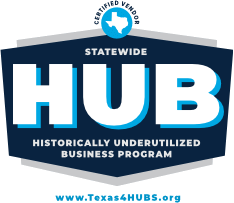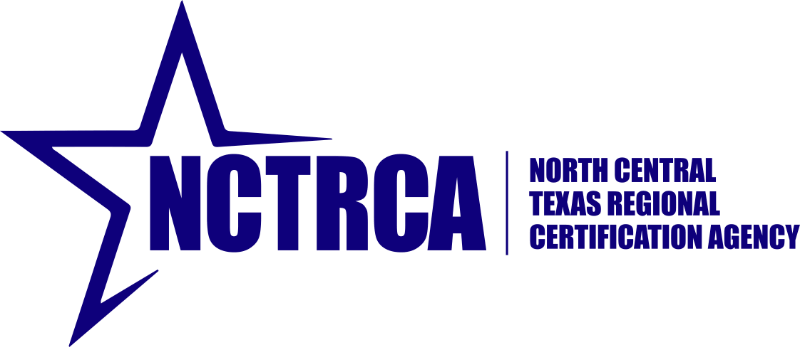Leadership development equips individuals with the skills to inspire, guide, and drive results within their teams and organizations. Learn how structured development can unlock your leadership potential.
Cherie Silas, MCC
Cherie is a co-founder and the CEO of Tandem Coaching. Her background is in executive, leadership, and agile coaching as well as organizational design.
She has over 20 years of experience as a corporate leader and uses that background to partner with business executives and their leadership teams to identify and solve their most challenging people, process, and business problems in measurable ways.
She has over 20 years of experience as a corporate leader and uses that background to partner with business executives and their leadership teams to identify and solve their most challenging people, process, and business problems in measurable ways.
Executive coaching drives personal and professional growth by boosting confidence, enhancing decision-making, and fostering leadership skills that lead to sustained success. Discover how coaching can transform your leadership journey.
Agile Coaching has evolved remarkably over the past three decades, reaching what many consider the Late Majority stage of innovation. With the landscape continually shifting, staying ahead means more than just keeping pace; it’s about redefining the game. This webinar is designed to guide current and aspiring Agile Coaches through the maze of opportunities and […]
Exploring the nuances of executive vs. life coaching, this article delves into how each approach fosters growth differently—executive coaching focuses on enhancing leadership and professional skills, while life coaching aims at personal fulfillment and emotional well-being, helping individuals navigate life's challenges and achieve their full potential in both personal and professional realms.
Discover five key coaching strategies for enhancing executive success in an agile context. Learn how active listening, reflection, client language, emotional exploration, and empathy can transform leadership effectiveness, fostering a culture of adaptability and continuous learning.
Discover five essential coaching strategies that empower leadership teams to navigate challenges with emotional intelligence, reflection, storytelling, constructive feedback, and agility, fostering a culture of collaboration and innovation.
Exploring the value of executive coaching, this article delves into how it catalyzes personal and professional growth. Unpacking the benefits, costs, and strategic considerations, it guides readers through the decision-making process, helping to determine if executive coaching is the right investment for achieving their goals and enhancing leadership capabilities. A must-read for professionals contemplating this transformative journey.
Discover five active listening techniques essential for ICF ACC certified coaches, enhancing coaching effectiveness and leadership development in agile contexts.
Discover five essential keys to crafting well-formed outcomes in executive coaching, transforming broad aspirations into tangible achievements for leaders.
Becoming a certified life coach is a journey that can transform not only your life but also the lives of those you aim to help. This article delves into the best life coach certification programs of 2024, offering an in-depth look into how you can become a certified professional life coach. With a myriad of […]














